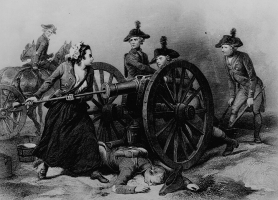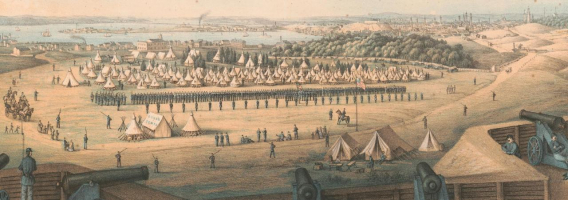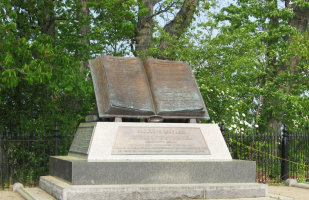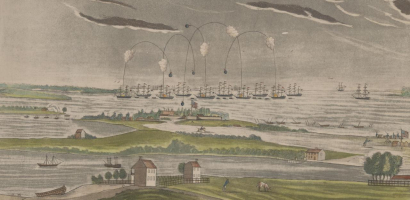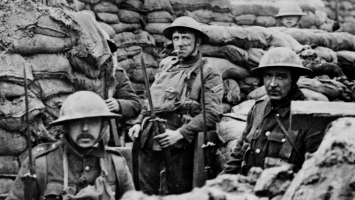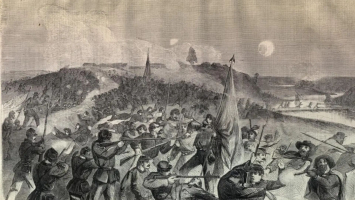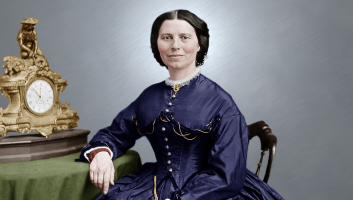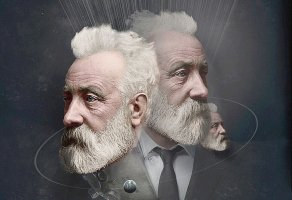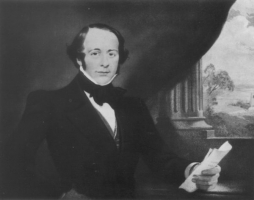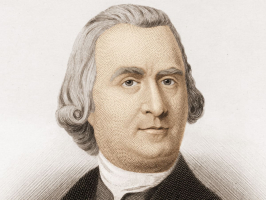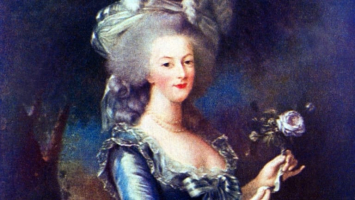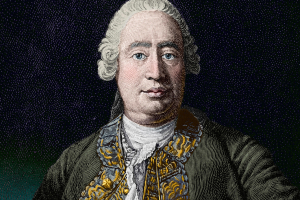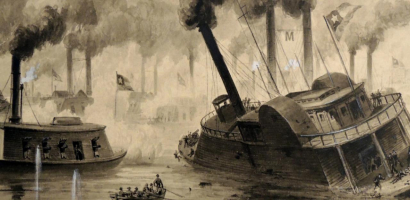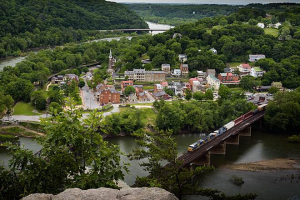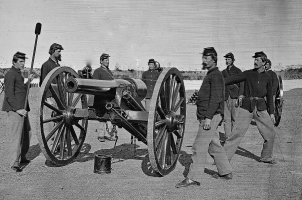Top 8 Facts About California during the Civil War
Most people are aware that the firing on Fort Sumter on April 12, 1861, in Charleston, South Carolina, signaled the start of the Civil War, which was waged ... read more...between 1861 and 1865. However, they are ignorant of the fact that California was a key player in the War Between the States. Learn more about the state of California during the Civil War with these facts.
-
California's rich gold reserves were seen as a major asset to the Union. For the Alliance, gold was an extremely valuable resource. Grant famously remarked, "I don't know what we would do in this wonderful national situation without the gold supplied from California," alluding to California's contribution to the war effort. By keeping the Northern war effort well-funded, the state's rich gold mines and pro-Confederate economic elites would ensure the state's financial success. The outcome of the battle would have been very different without this steady stream of gold.
While California possessed a resource the Confederacy desperately needed, it also cared about riches in gold. The Confederacy would have a much-needed open harbor off the coast of Southern California undisturbed by the Confederate Blockade. In addition to having gold, Southern California's harbors were desirable due to the Confederacy's blockade of all Southern ports. With no easy access to Europe, the South lacked both a market for cotton exports and a source for importing military supplies. So it can be concluded that the Union and the Confederacy both wanted California's support, but for different reasons.
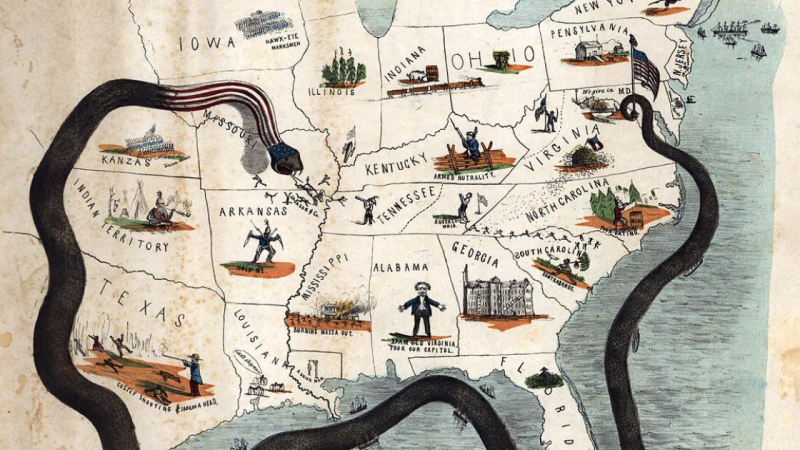
American Battlefield Trust 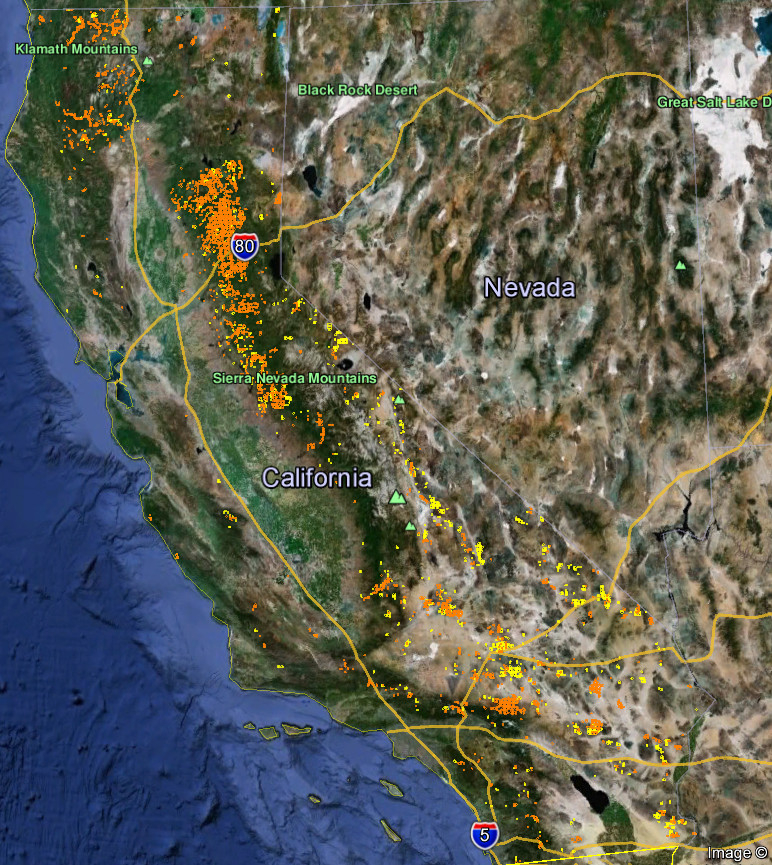
Maps Database Source -
Northern California was safely held by the Union during the secession crisis. Southern California had significant Confederate sympathies despite being a free Union state.
A vociferous minority of Southerners who had migrated to Southern California during the Gold Rush aspired for the region to split from the Union and join the Confederacy. The Los Angeles Mounted Rifles and local chapters of the Knights of the Golden Circle, a group that had previously been committed to annexing 25 states in Mexico to be added to the United States as slave states, were among the pro-Confederate organizations that rose as a result of this vocal movement. Due to the significant number of Southerners who had relocated to the Southern California region, these Confederate ties existed. Lincoln only garnered 25% of the Los Angeles vote in the 1860 presidential election, demonstrating this prejudice.American Battlefield Trust 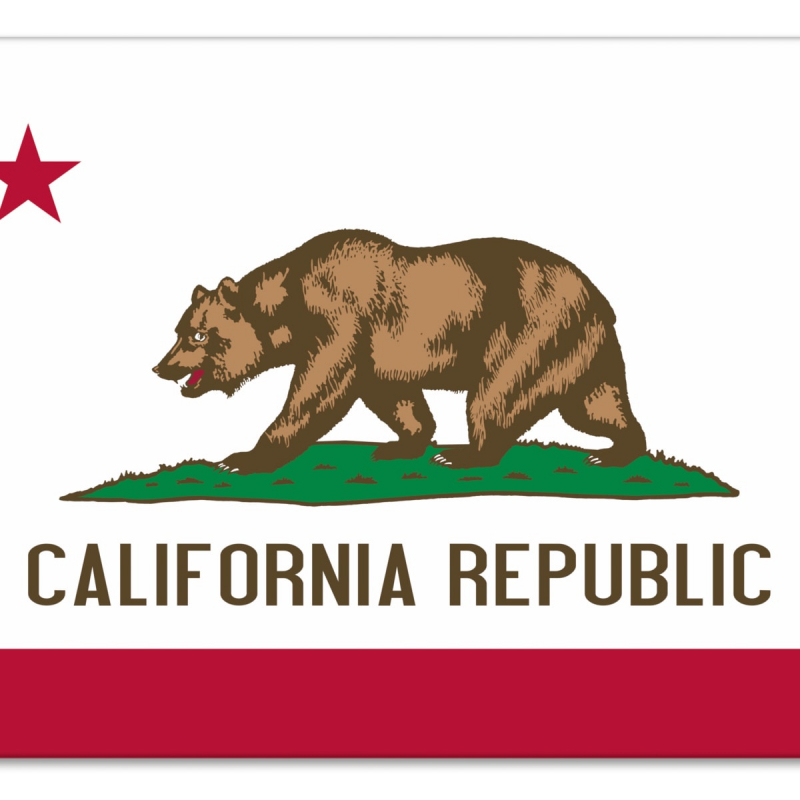
History.com -
Winfield Scott Hancock served as Albert Johnston's assistant in the years before the Civil War. Lewis Armistead, a future Confederate general, and Hancock became close friends while they both lived in California. During their time in California, their relationship grew stronger. When Armistead decided to leave the US Army and join the Confederacy, he gave Hancock's wife his prayer books with the words "Believe in God and fear nothing", as well as a Brand new major uniform.
The next time the two meet will be at the Battle of Gettysburg. Armistead was mortally wounded on July 3, 1863, on the third and final day of the Battle of Gettysburg. Armistead inquires about Hancock as he lies injured, and upon discovering that Hancock is also injured, Armistead shouts, "Not both of us on the same day!" "Tell General Hancock, from me, that I have done him and all of you a great injustice," he then ordered Confederate Captain Henry Bingham to do.
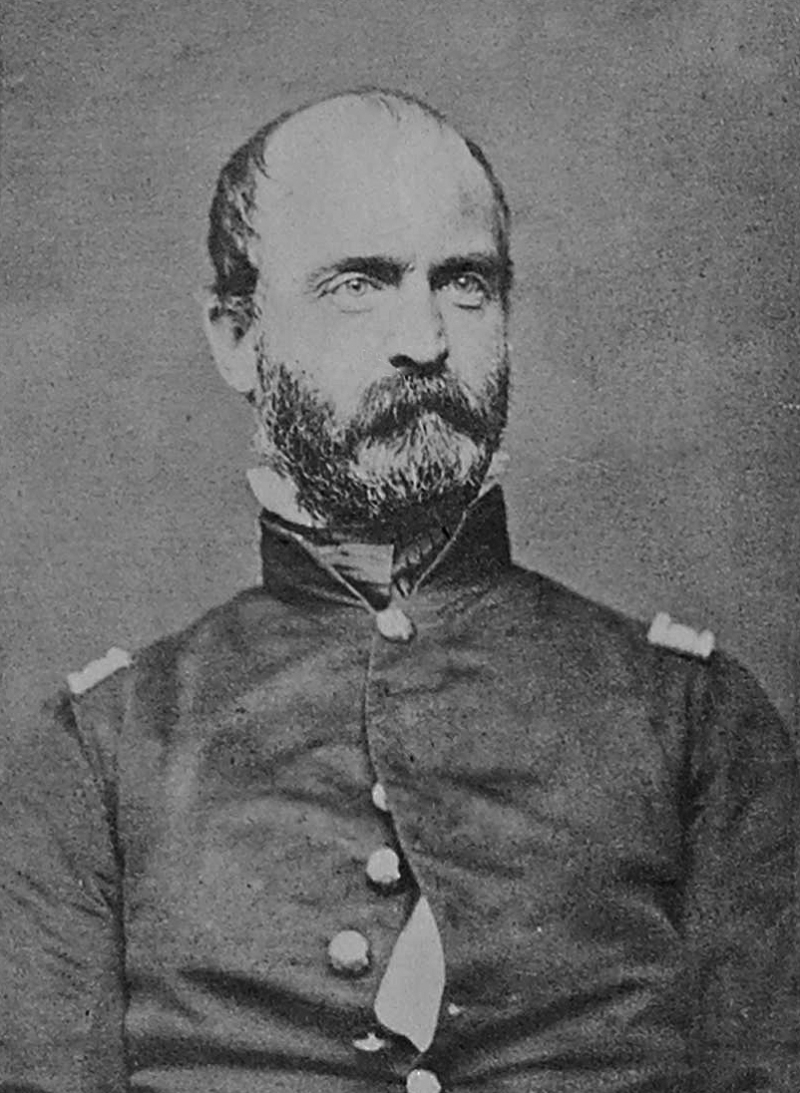
Lewis Armistead - Wikipedia 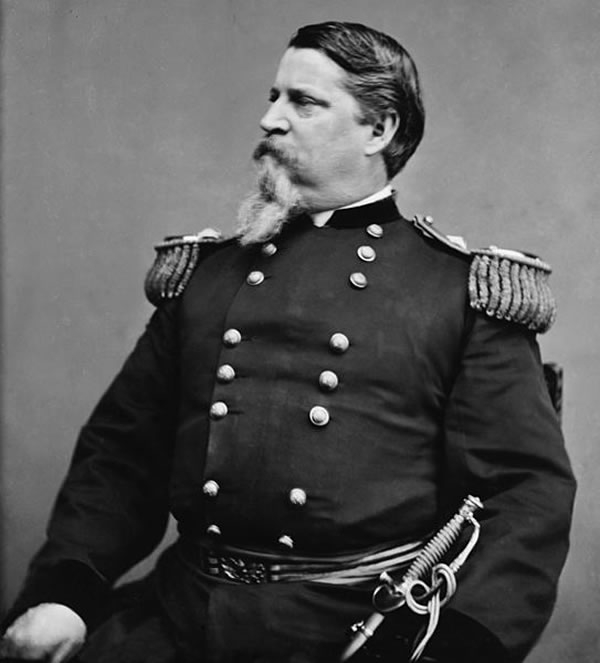
Winfield Scott Hancock - American History Central -
Californians wanted to support the nation they had only recently joined at the outset of the Civil War. Californians soon had the means to contribute financially and militarily to the war. Edward Baker, a senator from Oregon, was sent to Philadelphia in September 1861 to raise money for and lead a brigade in the name of California. The 1st, 2nd, 3rd, and 5th California Infanteries made up the California Brigade, as it later came to be known.
California did manage to get some of their residents to physically represent their state in the Civil War. Californians who were of Eastern ancestry wanted to take part in the Civil War's eastern theater in the summer of 1862. The group proposed to create a company of Californians for Massachusetts and contacted Massachusetts Governor John Andrew. Governor Andrew agreed to the proposal on the understanding that Californians would pay for their own uniforms, tools, and travel expenses.
The troops consented, and the 100 cavalrymen from California, known as the "California 100," left for Massachusetts to join the 2nd Massachusetts Cavalry. Later, three additional Californian companies joined the California 100 to become the California Battalion. The California Battalion joined Phil Sheridan's Army of the Shenandoah in 1864 and took part in the largest cavalry charge of the Civil War at the Third Battle of Winchester as well as the Union counterattack at the Battle of Cedar Creek. The California Battalion was active throughout the Shenandoah Valley campaign.
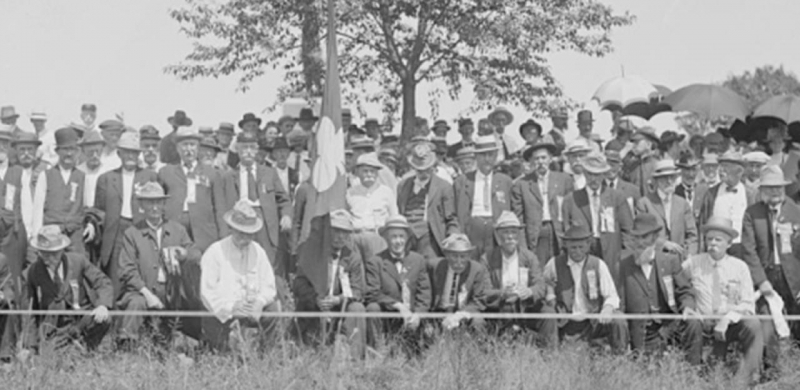
American Battlefield Trust 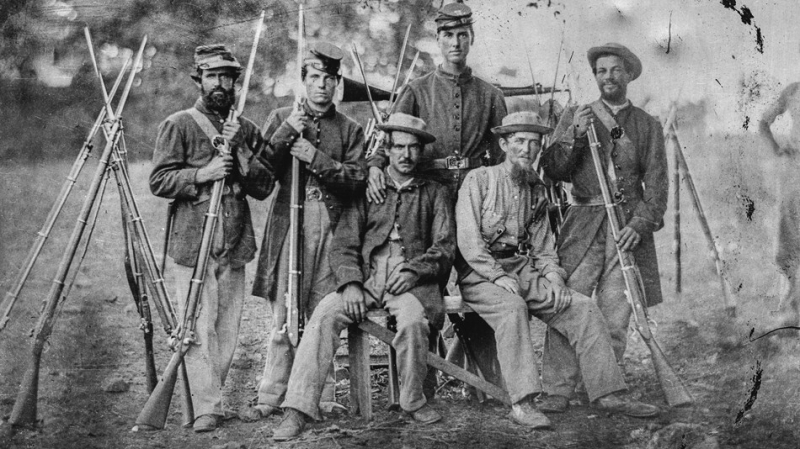
National Park Service -
On July 3rd, the California Brigade was charged with defending the Angle during Pickett’s Charge. More than any other point along the line, the Confederate effort was concentrated on the Angle. The advancing Confederates were described as "an advance of an acre of soldiers," and when the 71st Pennsylvania, previously the 1st California, saw the large Rebel force approaching, they withdrew. The 69th and 72nd Pennsylvania, originally the 2nd and 3rd California, maintained their position after the 71st Pennsylvania's withdrawal and were crucial to the Angle's defense. The defense of the Angle was left in the hands of the infantry, the 69th Pennsylvania being the only close regiment, while neighboring batteries started to fall to Armistead's brigade.
The 69th opened fire heavily on the grey columns as the Confederates advanced forward. Many of the 69th's troops had six to eight loaded rifles hanging against the wall, ready to shoot, having accumulated weaponry. The 72nd Pennsylvania was 80 yards east of the Angle and had just been advanced from its reserve position. With a strong line of fire, the 72nd Pennsylvania Regiment helped the 69th and the two regiments of the California Brigade successfully stopped Armistead's brigade's further advance.

History.com 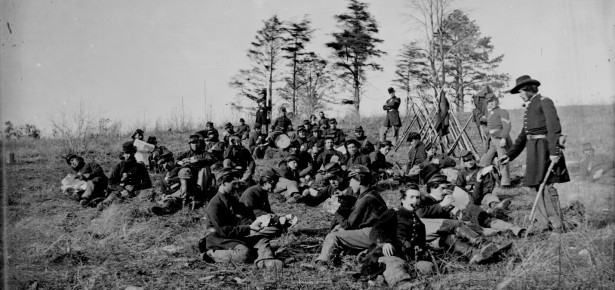
FifteenEightyFour -
While no battles were fought within the state of California, there were a number of Civil War sites in California including, forts, camps, and prisons. This was one of the facts about California during the Civil War. There were numerous camps and forts utilized by the Union Army and pro-Union state militias all around California. The Drum Barracks, one of these numerous forts, acted as the command center for the Union Army in Southern California and Arizona Territory.
Over 17,000 volunteers eventually came from California, and the Drum Barracks served as the departure point for over 8,000 of those soldiers for the Southwest. One of the few Civil War forts left intact in California is the Drum Barracks, which is still standing today. The notorious Alcatraz Federal Penitentiary is arguably the most well-known Civil War building in California. During the American Civil War, Alcatraz housed captured Confederates before becoming a Federal Penitentiary.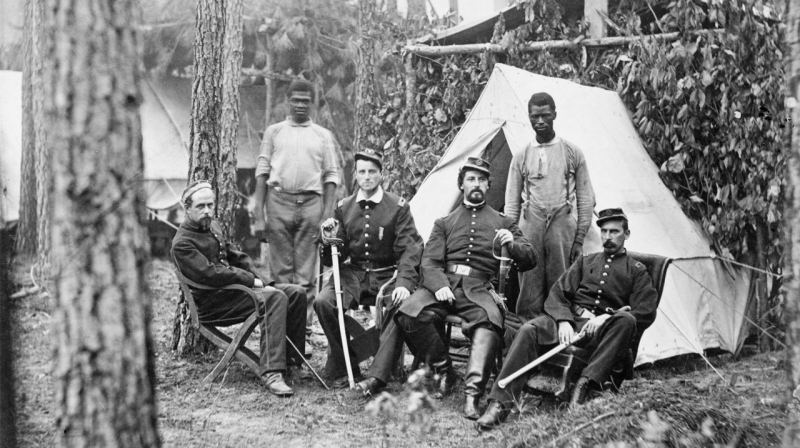
Junior Scholastic 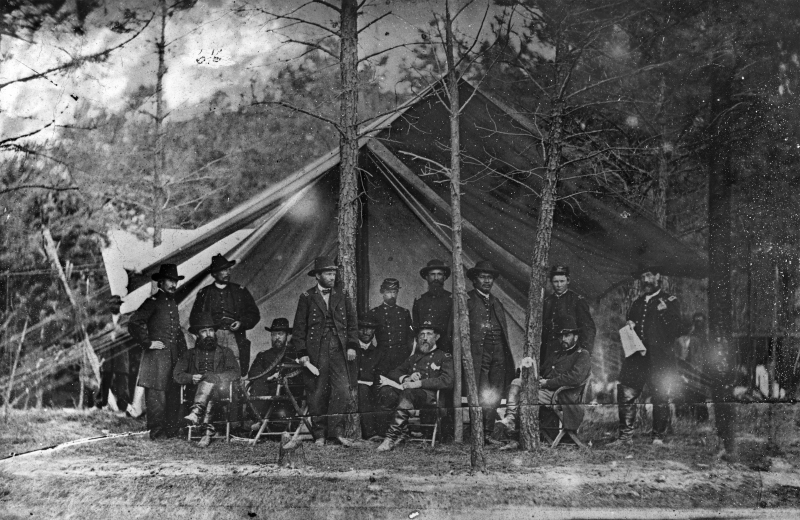
National Park Service -
The California Column was the name given to the California Volunteers who fought the Confederacy the most directly. Five thousand Union volunteers from California made up the group. General James Carleton had them under his control. The 1st Regiment California Volunteer Cavalry, 1st Battalion of Native Cavalry, and the 1st, 5th, and 7th Regiment California Volunteer Infantry all served with the Column at various points in time.
During the summer of 1862, the California Column marched 900 miles to El Paso, Texas in an effort to keep the Confederate Texans from entering the Arizona Territory and to remove them from New Mexico. This army operated against the Apache, Navajo, Comanche, and other tribes while serving in Arizona, New Mexico, and Texas. It drove out the Confederate force from the Arizona Territory and protected New Mexico Territory and the southern overland route to California. They fought two minor skirmishes with Confederate forces while on the march, one at Stanwix Station and the other at Picacho Peak, in which they suffered a few minor casualties. No one perished throughout the 900-mile march from non-battle reasons, despite the hard desert environment.
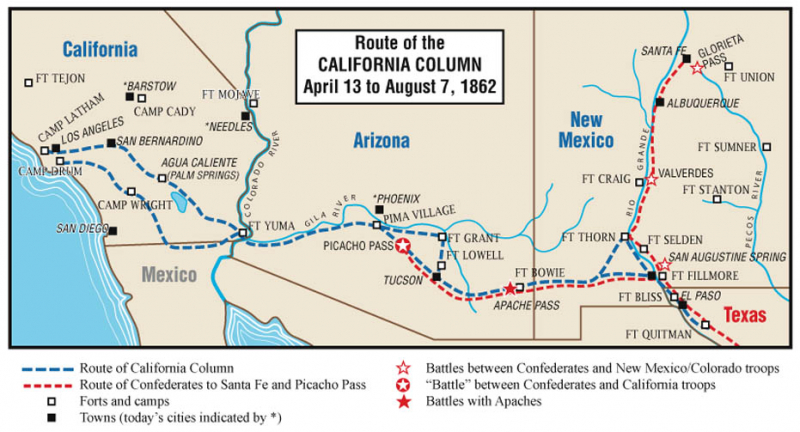
Wikipedia 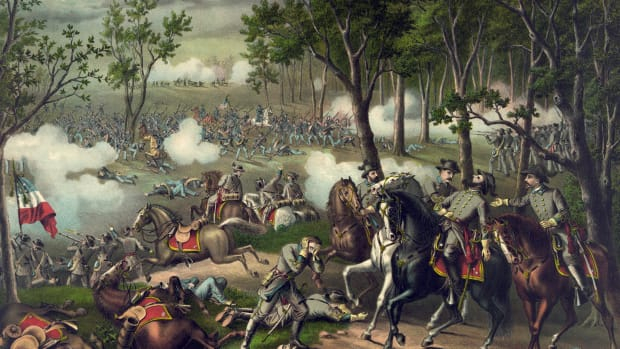
History.com -
Local secessionists in California attempted to seize gold and silver for the Confederacy towards the end of the war. In 1864, Rufus Ingram received his Confederate captain's appointment and started enlisting men for his Partisan Rangers in Southern California. Early in 1864, Quantrill's Raiders veteran Rufus Henry Ingram arrived in Santa Clara County with Tom Poole, who had previously served on the J. M. Chapman's crew. Together, they organized local Knights of the Golden Circle and led them in what came to be known as Captain Ingram's Partisan Rangers.
The Bullion Bend Robbery, as it is now known, was committed on June 30, 1864, by Ingram and his Partisan Rangers. In Placerville, California, the men halted a stagecoach and made off with 40,000 dollars. They left a note claiming to be soldiers conducting a military operation to raise money for the Confederacy rather than bandits. They were eventually apprehended by a Santa Clara County Sheriff, though.
The Cynical Historian 
National Park Service










